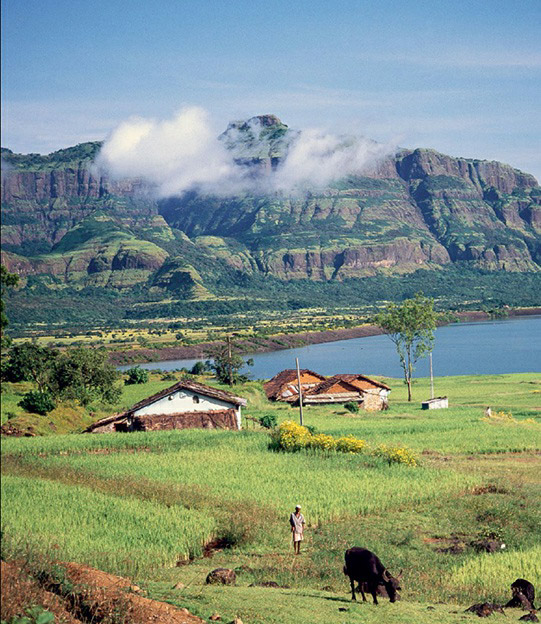In the history of geology, two main schools of thought have emerged: gradualists, who believe in slow, progressive changes, and catastrophists, who argue for sudden, dramatic shifts. Modern geology, however, recognizes that both processes can significantly influence Earth’s geology, biology, and climate.
An example of a catastrophic geological event is the formation of the Deccan Traps, one of the largest volcanic episodes in Earth’s history. This event occurred as the Indian plate, moving towards a collision with the Eurasian plate, passed over a hot mantle plume in the Indian Ocean. In a relatively short span of under 50,000 years, vast lava flows erupted, covering half of the Indian microcontinent to a depth of over 6,600 feet (2,000 meters). The Deccan Traps, named for their stair-step-like layers of lava, demonstrate the dramatic potential of volcanic activity to reshape landscapes.
The eruption of the Deccan Traps also released significant amounts of greenhouse gases, contributing to climate change. This event coincides with the mass extinction at the end of the Cretaceous period, around 65 million years ago, leading to a hypothesis that links the Deccan Traps eruption to this extinction event. While this theory competes with the asteroid impact hypothesis for the extinction of dinosaurs and other species, many geologists now consider the possibility that both events may have simultaneously influenced the mass extinction.
The Deccan Traps stand as a powerful example of how catastrophic events can lead to rapid and significant changes in Earth’s geological and biological history, complementing the gradual processes that have shaped our planet over millions of years.

